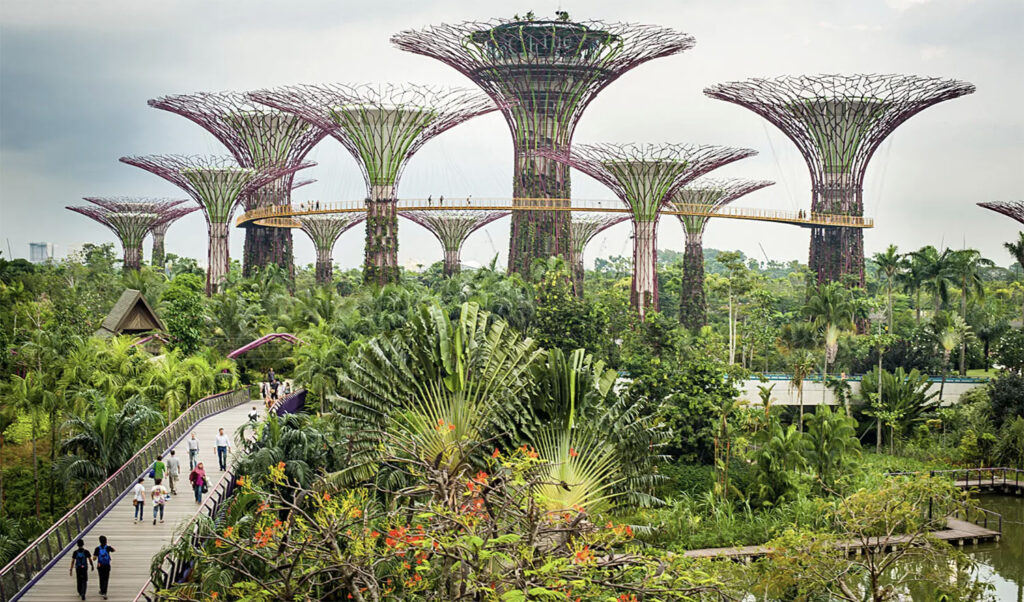By Elise Nam, Alliance Intern from Barnard College ‘24
Living in New York City, I am constantly surrounded by dull concrete pavement, high-rise buildings, and the diverse wildlife of rats and cockroaches. I am always grateful to escape to my home in the suburbs or have the opportunity to travel to nature. Yet, each time I step into the seclusion of an NYC park, I feel a calmness, grounding me despite the constant bustle of the city. Turns out, scientists have found that green spaces can positively impact our health by affecting our cells, especially telomeres — the “caps” on the end of chromosomes that protect the DNA from damage.
Shorter telomeres have been associated with increased disease incidence — such as osteoarthritis and cancer — and decreased lifespans, according to Science Direct. Longer telomeres can have the opposite effect. NC State professor Aaron Hipp, co-author of a new study, found “the more greenspace people had in their neighborhoods, the longer their telomeres were. That was true regardless of race, economic status, whether they were drinkers or smokers, etc.,” according to EcoWatch. Greenspace can help us live longer!
Greenspace can play a vital role in boosting the overall health of our population. However, “it is not enough to overcome systemic racism and the effects of economic segregation and environmental justice challenges on its own,” Hipp says.
The researchers incorporated key environmental factors such as redlining and air quality. They examined these demographics in relation to the amount of greenspace to determine the positive correlation between telomere length and greenspaces. The study used data from the Center for Disease Control (CDC) and the National Health and Nutrition Examination Survey (NHANES) to examine factors such as location, demographic, and health outcomes.
However, the positive effect of the greenspace essentially disappeared “when we accounted for other characteristics of each neighborhood — air pollution, segregation, or ‘deprivation.’ Deprivation, in this context, was an overarching variable that included the neighborhood-level data on income, education, employment status, and housing conditions,” Hipp says.
“This study drives home the idea that creating greenspace in a community is important, but it’s as crucial — or more crucial — for us to address environmental harms, particularly those tied to systemic racism.”
Despite the concrete jungle I live in, this news reminds me to enjoy the privileges of all the parks I am surrounded by.

